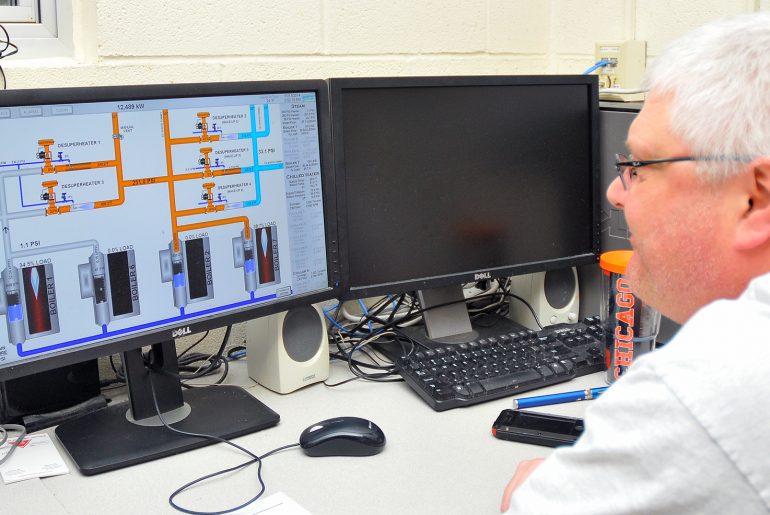Heat exchangers can be an invaluable part of your production facility or factory. One of the best ways to get started is by Mehr info über wärmerückgewinnung hier:
A heat exchanger device is most commonly used in applications where heat is transferred from one material to another. For instance, a hydraulic oil cooler takes away heat in oil, while a swimming pool heat exchanger heats pool water via solar panels or a boiler.
The heat generated is transferred through materials via conduction. A classic scenario is when a fluid passes into tubes and when cool air is used to bring down the temperature of liquids.
Heat Exchanger Types
Air Cooled
Heat exchangers of the air cooled variety are often used in mobile applications where there’s no viable water source available. Supplies that contain cooling packs and Thermex designs may be used to cool air, oil or water with one source, thereby saving your facility space and improving efficiency in the process. Either an air flow or a fan starts the cooling process.
Plate Type
A series of plates stacked on top of each other make up the plate-type heat exchanger. The material is normally gasketed or brazed, depending on the production and fluid media. The smaller footprint make them great for beverage and food processing as a sort of refrigerant. exodraft-waermerueckgewinnung.de has some great heat exchangers for your business.
Shell and Tube
A shell and tube heat exchanger is comprised of small tubes fixed within a cylindrical shell. The ‘tube stack’ will either be fixed or floating, as is the case of Thermex Heat Exchangers, which allows the tube to contract or expand depending on the heat condition.
The bundle is easily dismantled for cleaning and maintenance.
Heat exchanger systems provide industries and homes with plenty of energy, efficiency and savings benefits. If you want to learn more about heat exchangers you’ll find mehr info hier:

